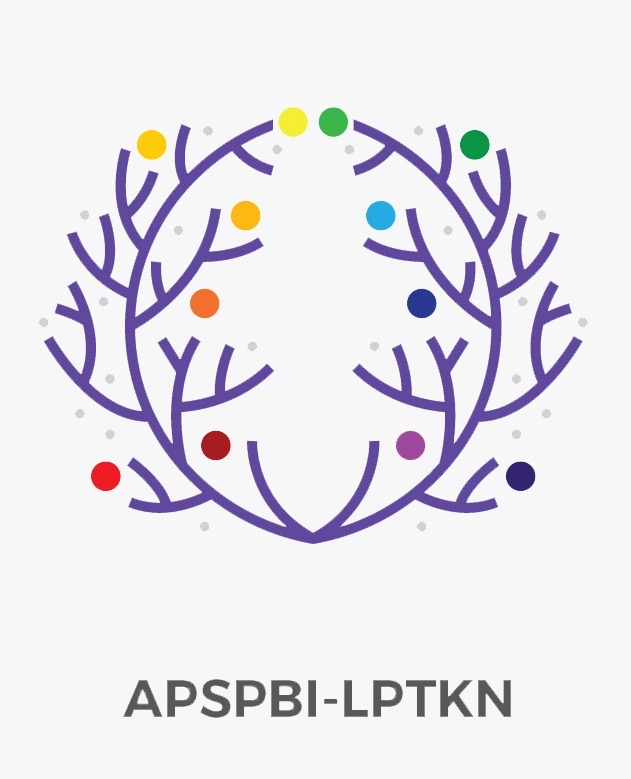A SHORT STORY IN ENGLISH FOR CHILDREN WRITTEN BY HARUN YAHYA
EXPLORING THE EDUCATIONAL VALUES
Keywords:
A Short Story, Educational ValuesAbstract
The existence of literary work gives much information about the meaning of life Reading literary work aims to comprehend messages and essential values relating to social life religiosity tradition social status personality and society s psychology In tune with that this study aims to analyze educational values in a short English story for children by Harun Yahya This study was qualitative design The method of the study was the descriptive analysis The technique of collecting data was library research The technique of data analysis was content analysis The data analysis done was organizing and familiarizing coding and reducing and interpreting and representing The three data findings of the education values from a short story in English for children by Harun Yahya were Religious values RV in the short story message that belong to the perfection of Allah s creation Those reflected that awareness of walking on of life needs a way through understanding religious values Psychology values PV contain the motivation to study science and Social value SV contains a lesson about making good relationships among fellows Social value reflected that there is peace and safety in society s environment and awareness in holding willingness < p>
Downloads
References
Adamczyk K 2017 Voluntary and Involuntary Singlehood and Young Adults Mental Health: an Investigation of Mediating Role of Romantic Loneliness Current Psychology 36 4 888 904 https: doi org 10 1007 s12144 016 9478 3
Agus Hidayat 2016 An Analysis of Grammatical Cohesive Device of the Short Story the Little Match Girl by Hans Christian Andersen 2016 2017 English Education: Jurnal Tadris Bahasa Inggris 9 2 232 244 https: doi org https: doi org 10 24042 ee jtbi v9i2 282
Ali A Y 2022 The Quran DigiCat
Ali M 2020 12 The Qur an: studying embodying and living with the word of god In The Practice of Islam in America pp 245 270 New York University Press https: doi org 10 18574 nyu 9781479862634 003 0016
AlJazrawi D A AlJazrawi Z A 2019 The Use of Meta discourse An Analysis of Interactive and Interactional Markers in English Short Stories as a Type of Literary Genre International Journal of Applied Linguistics and English Literature 8 3 66 https: doi org 10 7575 aiac ijalel v 8n 3p 66
Alsahafi M 2019 A Narrative Discourse Analysis of Poe s Short Story The Tell Tale Heart : Implications for Language Teaching English Language Teaching 13 1 1 https: doi org 10 5539 elt v13n1p1
Ary D J L C I C K S Walker D 2019 Introduction to Research in Education Cengage Learning
Asdar A Angreani A V Lutfin N Hamsiah H 2021 Character Education Value In Short Story Ambe Masih Sakit Written By Emil Amir AL ISHLAH: Jurnal Pendidikan 13 3 2168 2179 https: doi org 10 35445 alishlah v13i3 861
Eripuddin S Rahayu P 2020 An Analysis Of Moral Value In Short Story The Last Leaf By O Henry JEE Journal of English Education 6 1 50 60 https: doi org 10 30606 jee v6i1 411
Hasyim I Syarifuddin S 2019 A Study on Religious Values in Harun Yahya s Fable Tamaddun 18 1 42 45 https: doi org 10 33096 tamaddun v18i1 27
Hope A L B Jones C R 2014 The impact of religious faith on attitudes to environmental issues and Carbon Capture and Storage CCS technologies: A mixed methods study Technology in Society 38 48 59 https: doi org 10 1016 j techsoc 2014 02 003
Irshad A Ahmed M 2015 The Structural Analysis of Take Pity : A Short Story by Bernard Malamud In European Journal of English Language Linguistics and Literature Vol 2 Issue 1 Progressive Academic Publishing www idpublications org
Kemp S E Ng M Hollowood T Hort J 2018 Introduction to Descriptive Analysis Descriptive Analysis in Sensory Evaluation 1 39 https: doi org 10 1002 9781118991657 ch1
Khalil Dr A I A E F 2016 The Islamic Perspective of Interpersonal Communication Journal of Islamic Studies and Culture 4 2 https: doi org 10 15640 jisc v4n2a3
Larasati P Irmawati N D 2022 A sociological approach of literature in Leo N Tolstoys short story God Sees the Truth But Waits EduLite: Journal of English Education Literature and Culture 7 1 137 https: doi org 10 30659 e 7 1 137 147
Leonard Bickman Debra J Rog 2009 The Sage Handbook Applied Social Research Methods SAGE Publication Inc
Malik J 2021 STUDY AL QURAAN: Understanding Verses That Has Meaning Ta arud AKADEMIK: Jurnal Mahasiswa Humanis 1 2 42 49 https: doi org 10 37481 jmh v1i2 227
Ng S Gonzalez C Wicha N Y Y 2014 The fox and the cabra: An ERP analysis of reading code switched nouns and verbs in bilingual short stories Brain Research 1557 127 140 https: doi org 10 1016 j brainres 2014 02 009
Nugraha A Nugroho M A B Rahman Y 2017 English Indonesian Translation Methods in the Short Story a Blunder by Anton Chekhov Indonesian EFL Journal 3 1 79 https: doi org 10 25134 ieflj v3i1 656
Oktoma E Mardiyono S 2013 The Analysis of Presupposition in The Short Stories of Silvester Goridus Sukur ENGLISH REVIEW: Journal of English Education 2 1 73 83 http: journal uniku ac id index php ERJEE
Rezky M Handy N Adhitya M Putra H 2020 The Religious Values in Tradition of Batahlil in Banjar Pahuluan Community In The Kalimantan Social Studies Journal Vol 2 Issue 1 https: ppjp ulm ac id journals index php kss
Roknuzzaman Umemoto K 2009 How library practitioners view knowledge management in libraries: A qualitative study Library Management 30 8 643 656

 Fakultas Bahasa dan Seni
Fakultas Bahasa dan Seni